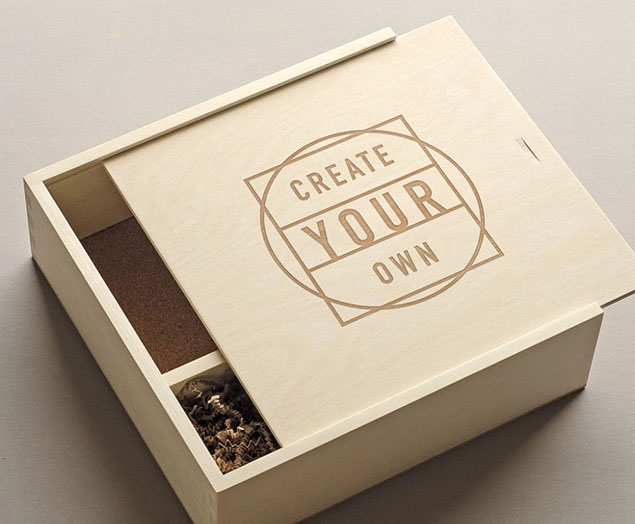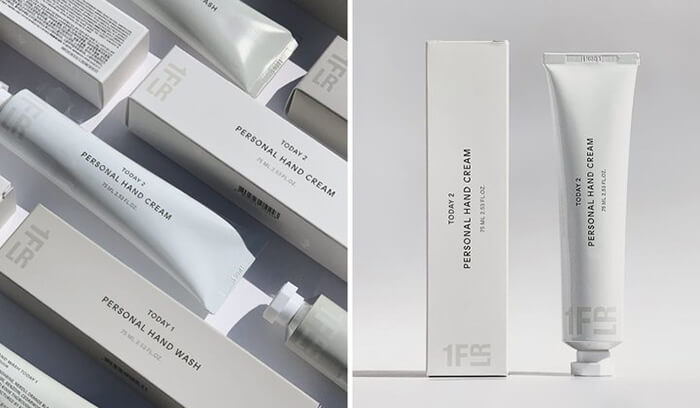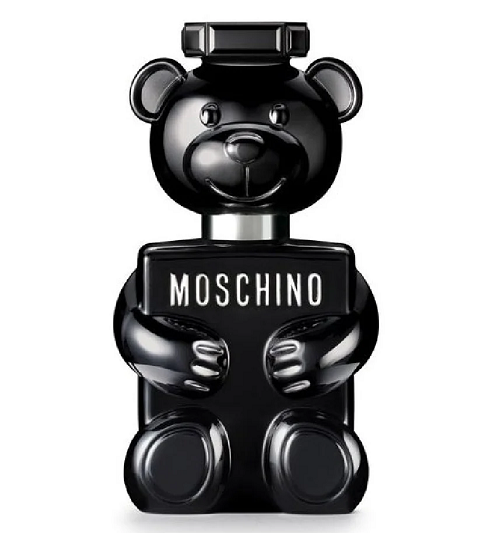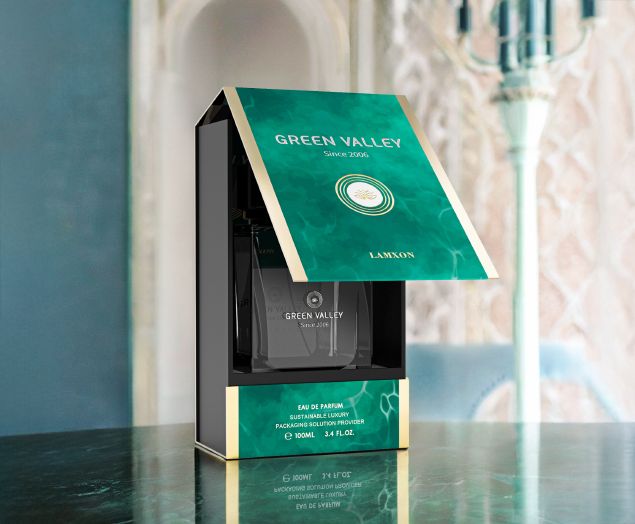Food Packaging Trends 2024 – Hottest and Best Food Packaging Designs to Make
The food packaging industry is undergoing a significant transformation, driven by sustainability, consumer experience, and streamlined design. Here’s a comprehensive look at the key trends of food packaging in 2024/2025.
Food Packaging Trends 2024 – Hottest and Best Food Packaging Designs
The food packaging box isn’t just a container, it is also a powerful marketing tool and a key element of the consumer experience. Designing effective food packaging requires considering current trends to create the packaging boxes that best meet customer needs.
1. The Rise of Flexible Packaging
This overarching trend encompasses the shift from rigid containers (buckets, cans, jugs) to flexible pouches and bags across various product categories. This change is motivated by significant environmental and economic benefits. Flexible packaging uses considerably less material (up to 85% reduction), resulting in lower production costs and a smaller carbon footprint. Shipping and storage costs are also reduced due to the compact nature of flexible packaging. This trend extends beyond food, impacting sectors like lawn care, personal care, and agricultural supplements, offering innovative solutions like custom fitments for hoses and dispensing mechanisms. Examples include replacing rigid containers for liquids (olive oil, syrup, lawn chemicals), hand sanitizer bottles, and even large-volume agricultural supplements.
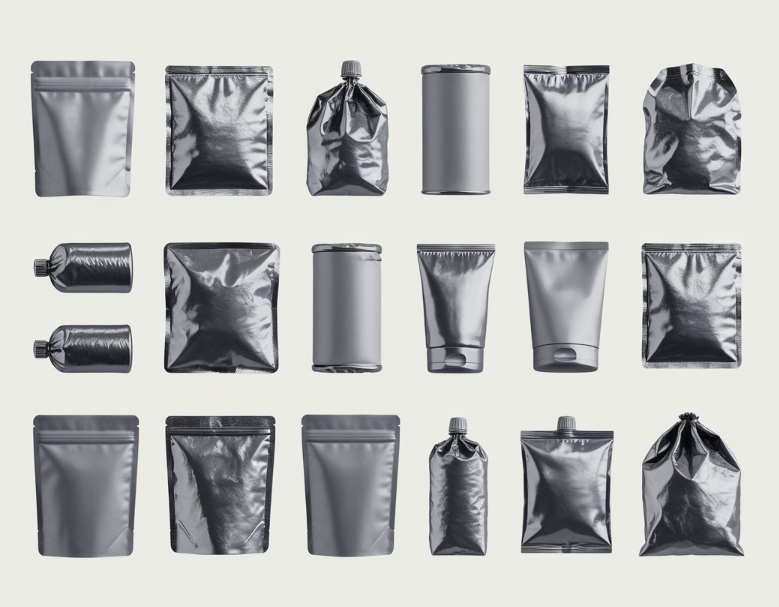
2. Sustainability & Environmental Responsibility
This trend is fueled by increasing consumer awareness and stricter government regulations.
– Sustainable Materials: Consumers are actively seeking and willing to pay a premium for eco-friendly packaging. This includes biodegradable and compostable plastics, plant-based materials, and other renewable resources. The market for these materials is experiencing rapid growth, reflecting this strong consumer preference. More and more consumers are willing to pay more for sustainable packaging and the global biodegradable plastics market is rising.
– Regulatory Compliance: Governments globally are implementing stricter regulations targeting single-use plastics and non-recyclable materials. Companies are adapting by redesigning their packaging to comply with these evolving standards, focusing on recyclable materials and eliminating banned substances. The majority of companies actively seeking to redesign packaging for regulatory compliance.
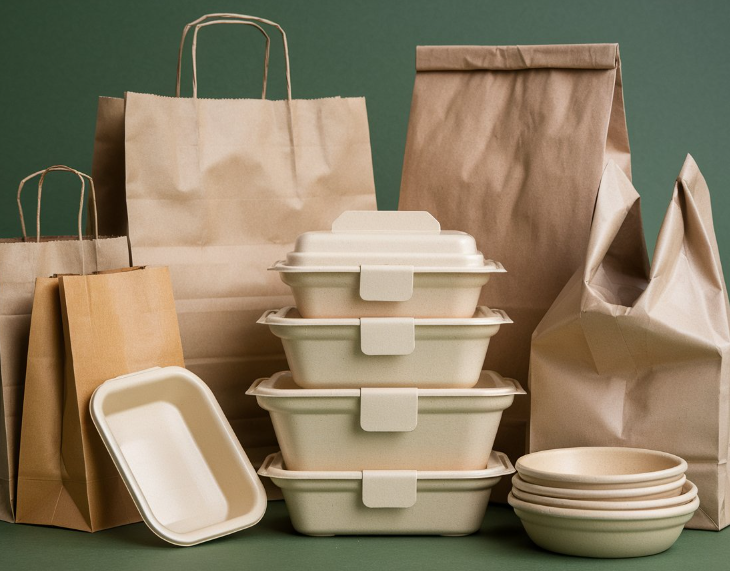
3. More Emphasis on Consumer Experience
– Smart & Interactive Packaging: QR codes, NFC tags, and augmented reality (AR) features are transforming how consumers interact with products. These technologies provide access to detailed product information, supply chain transparency, interactive content, recipes, and promotional offers, enhancing brand engagement and building trust. More than half of consumers are interested in scanning QR codes for product information.
– Personalized Packaging: Brands are leveraging data analytics to tailor packaging to individual consumer preferences. This includes custom labels, personalized messages, product recommendations based on past purchases, and even incorporating customer names. This creates a stronger emotional connection with the brand and increases customer loyalty. Near half of consumers are more likely to purchase products with personalized packaging.
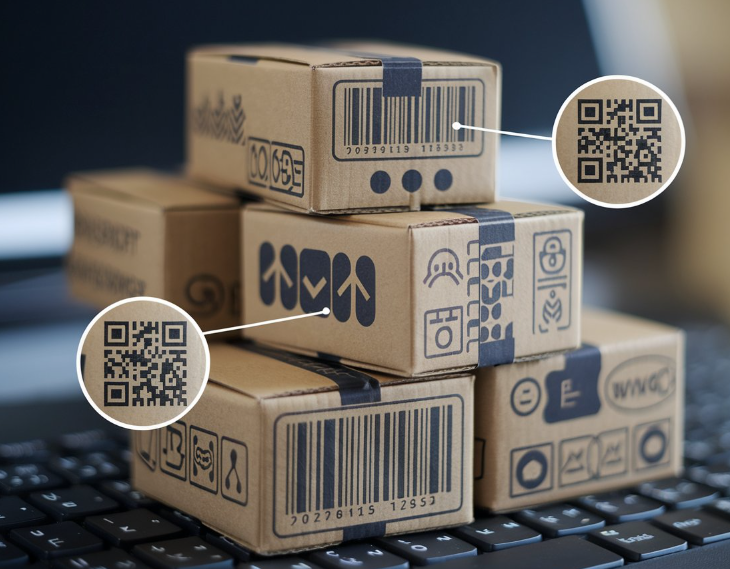
4. More Creative & Visually Attractive Appearance
– Minimalist Aesthetics and Functionality: “Less is more” is the driving principle. Minimalist packaging prioritizes functionality and reduces unnecessary material usage, aligning with both environmental concerns and consumer preference for simplicity. Key features include easy-to-open and resealable closures, optimized recyclability, and clean, uncluttered designs using clear mini-labels to showcase product quality and freshness. The demand for resealable packaging is constantly increasing in recent years.
– Bold Typography and Visual Communication: While minimalism is prevalent, there’s also a trend towards bold typography and striking graphics to capture attention on crowded shelves. Expressive fonts, vibrant colors, and compelling imagery create a strong visual impact, conveying brand personality and differentiating products. This trend complements minimalist design by providing a focal point and enhancing shelf appeal.
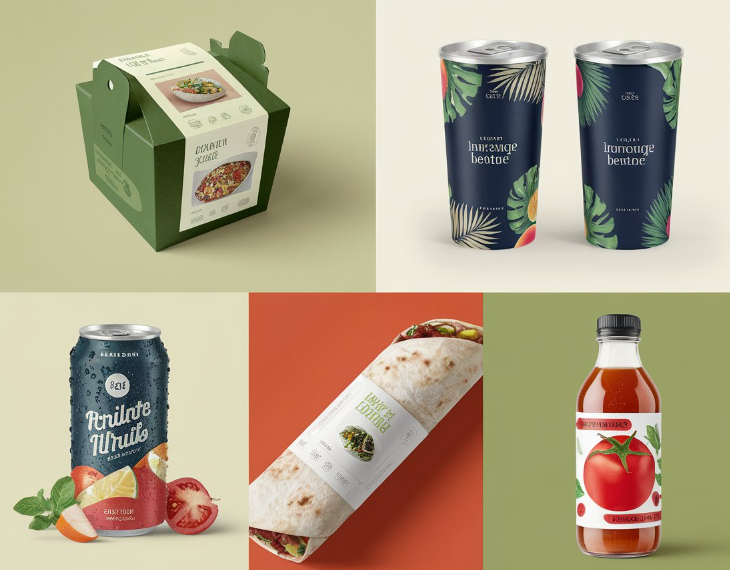
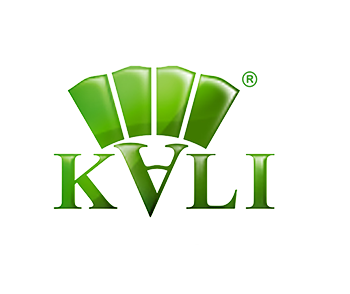
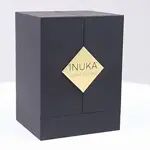
Top 10 Creative Cosmetic Packaging Design Ideas & illustrations 2023 | Luxury-Paper-Box.Com
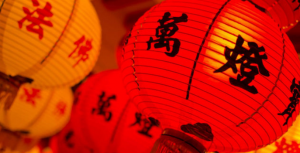
10 Customs Of The Spring Festival (Lunar New Year) You Need To Know
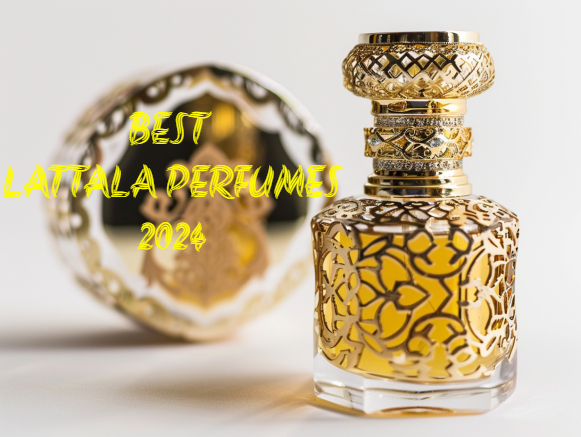
Top 10 Best Lattafa Perfumes for Women & Men in 2024
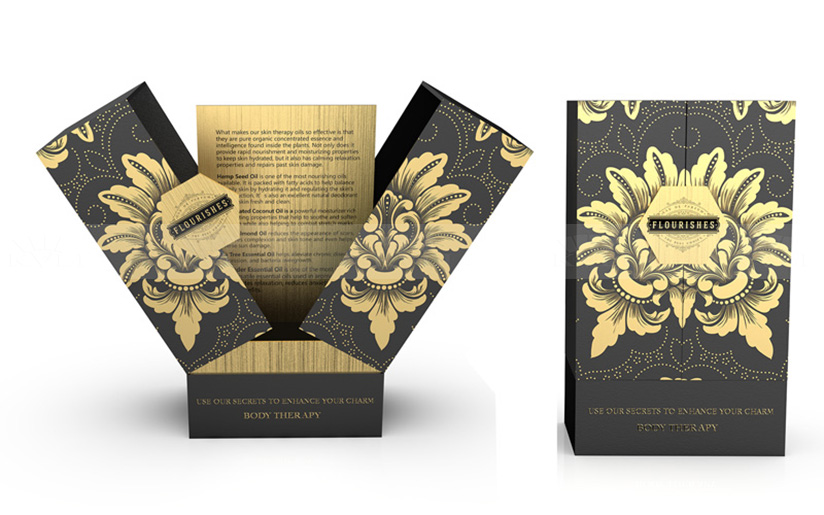
Top 10 Best Packaging Design Software 2023 (Free & Paid)
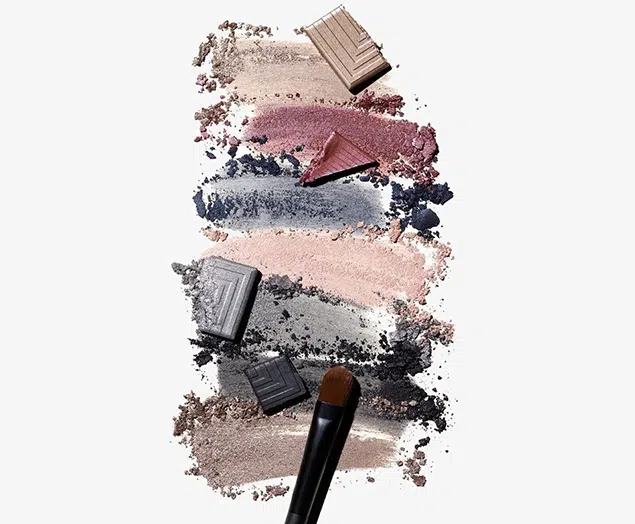
Choose Your Best Eyeshadow Palette
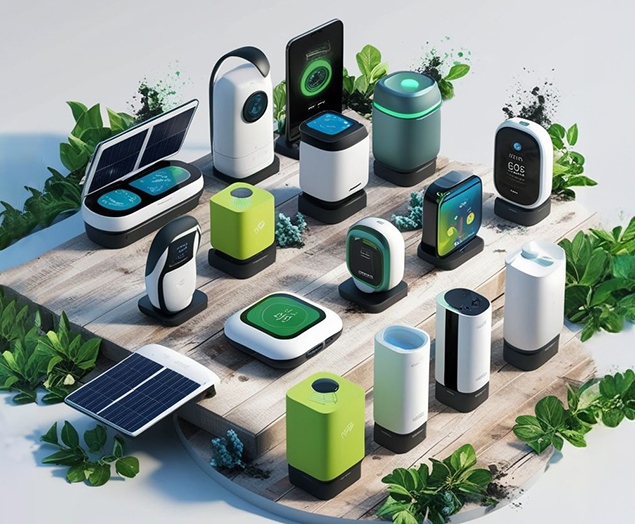
Why Sustainable Packaging Matters for Luxury Electronics
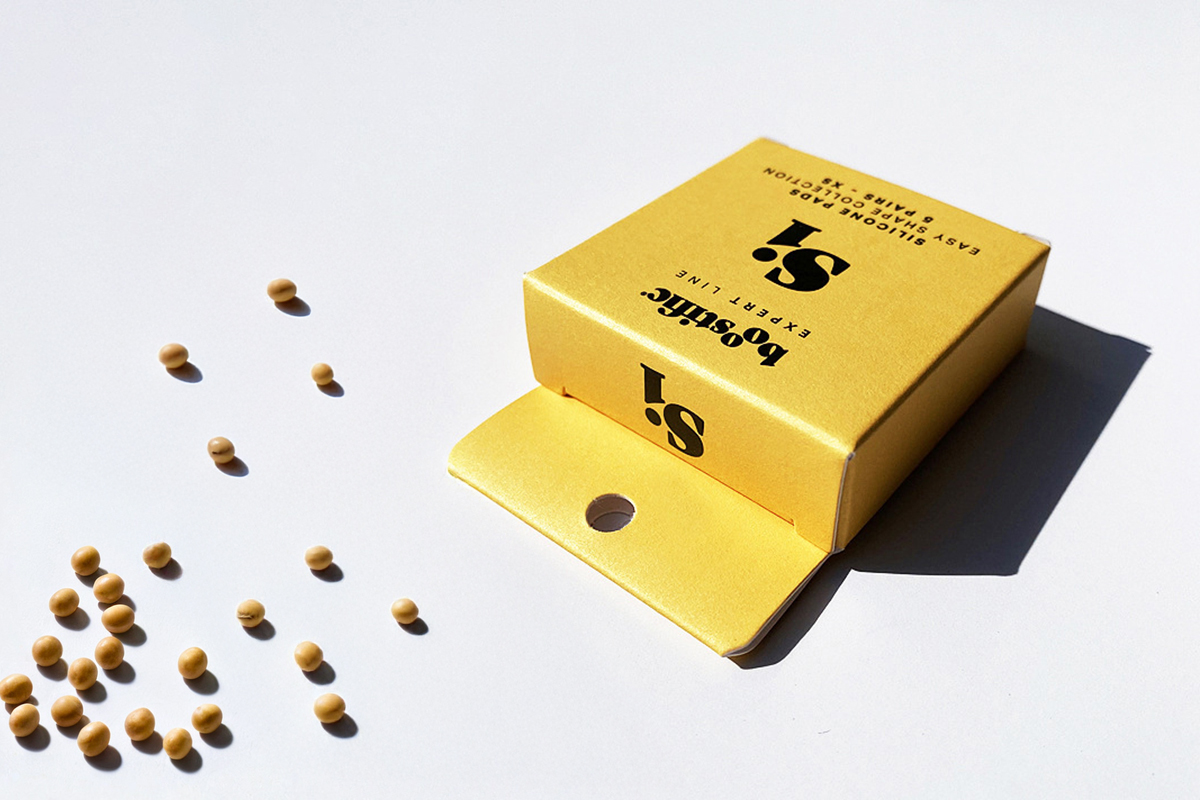
Why Choose Soy Ink As The Printing Material For Packaging Boxes?
